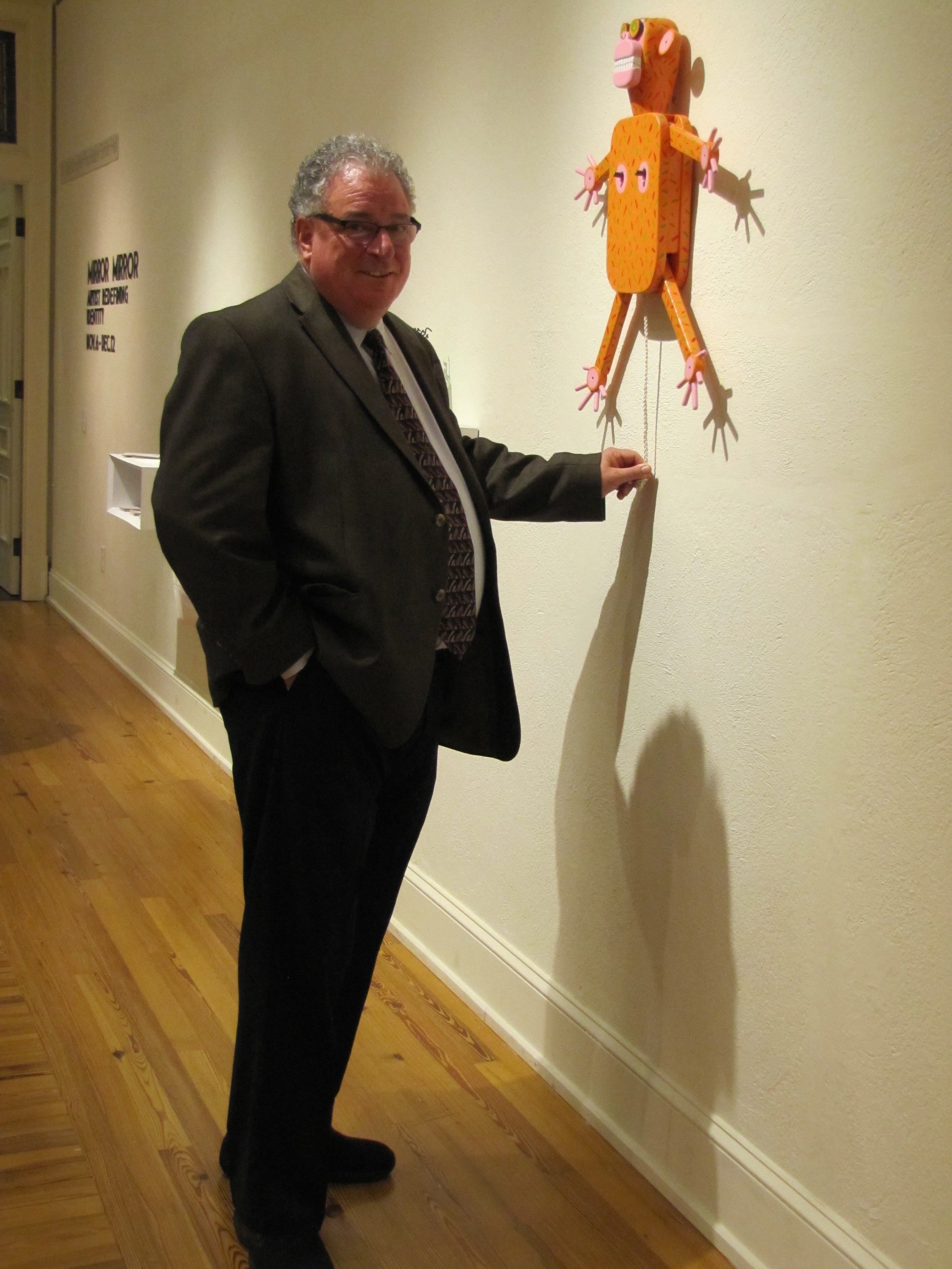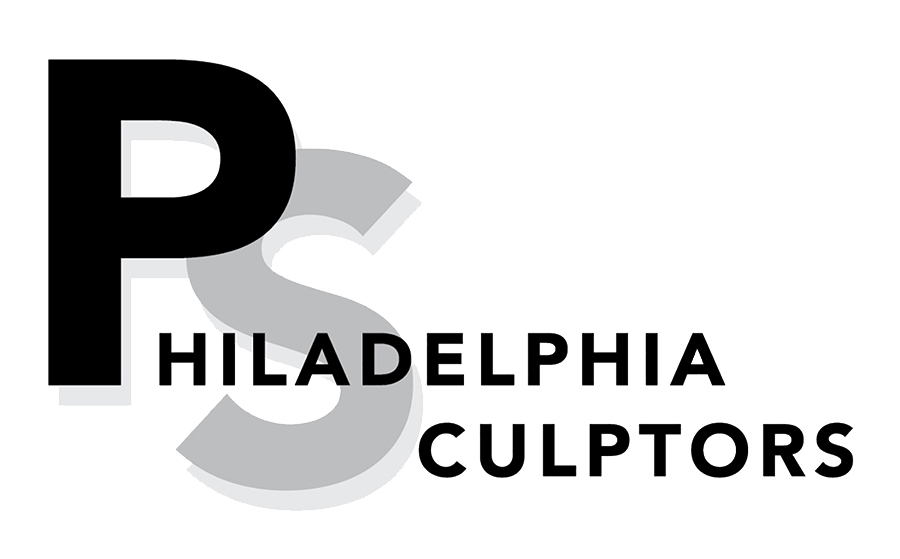















How do artists really see themselves? In Mirror, Mirror seventeen artists selected from an open call by Baltimore artist Laure Drogoul wrestle with that question as they use art to expose themselves to their viewers.
Aimee Gilmore's Aimees (31 lbs) uses multiple images of her naked body to represent the weight she gained while pregnant, but also to delve into concepts of beauty and identity. Virginia Maksymowicz's She Can't Bear to Look is a cast of the artist's face covered by her hands in a futile effort to ignore the ravages of time. In Joaquin Calles Guzman's performance Postcard to My Father he repeatedly applies and wipes off lipstick, in a confrontational action that rebukes the societal expectations for a first-born male in a Caribbean culture. In Elizabeth Mackie's two artworks, A String of Little Stories and Bitch, the written word is woven into soft organza fabric to make strong statements about societal roles and perceptions of women. Margery Amdur approaches similar themes with Amass #5 and Amass #6, large wall constructions made of pigment saturated cosmetic sponges that reference issues of femininity, the continued redefining of women's roles and desires, and the inherent impermanence of beauty.
In Lynden Cline's Self Portrait, links of steel chain are disgorged from her contorted mouth to form mounds on the floor. In Melinda Houvig's Do-Over: A One-Time Debt Forgiveness Project, pejorative language and shackles created by debt serve to redefine an individual's identity. Julia Ballaron's Ibuprofen encases actual ibuprofen tablets in sterling silver to create jewelry. In Monkey Mind and Good Intentions, Holly Smith uses humor as a way of confronting states of worry and negative self talk as she projects those onto her mischievous surrogates. Chello Sherman's Keeping It All Together is a large ball composed of pieces of fabric, paper, hair, and other bits of discarded product packaging. Olivia Jones' No Title combines woodworking and fabric in a nod to the traditional gender distinct activities promulgated throughout her family history. Ron Lambert's Hidden Ship Sinking portrays the decay and deterioration that can erode our sense of security and comfort.
James Fuhrman's It could happen to you uses reflective steel wrapped in barbed wire so the viewer can not just "reflect" but to become an actual part of the work. Milt Friedly's Reflections on an Atomic Baby addresses a nuclear world where scientific advances bring both gains and the possibility of destruction. Karen Brown acknowledges our existence within a post-industrial landscape in Examined Life # 1 and #2, holographic self - portraits framed by what appear to be old, deteriorating TV screens. Stephanie Cayer arranges prickly, pointed sweet gum pods to form Exoskeleton, a hollowed out, hinged figure lying on the ground. Leslie Kaufman's carved wood sculpture Dissolving into the Forest Floor connects human, personal loss to the continuing loss of our natural world.
The artists in Mirror, Mirror present work that is both self reflexive, and reflective, allowing viewers to see through the artists' eyes as well as through their own.
